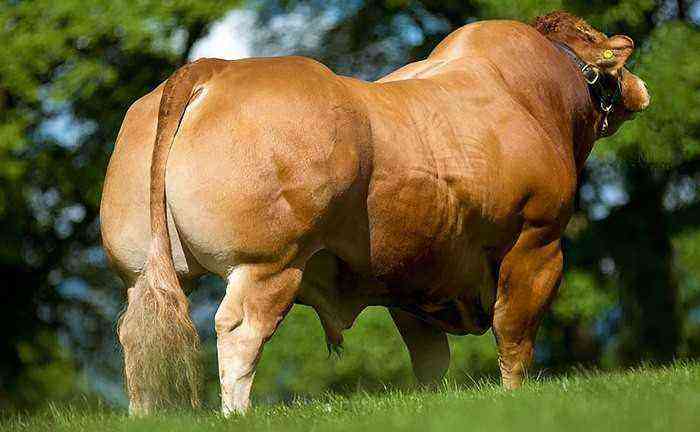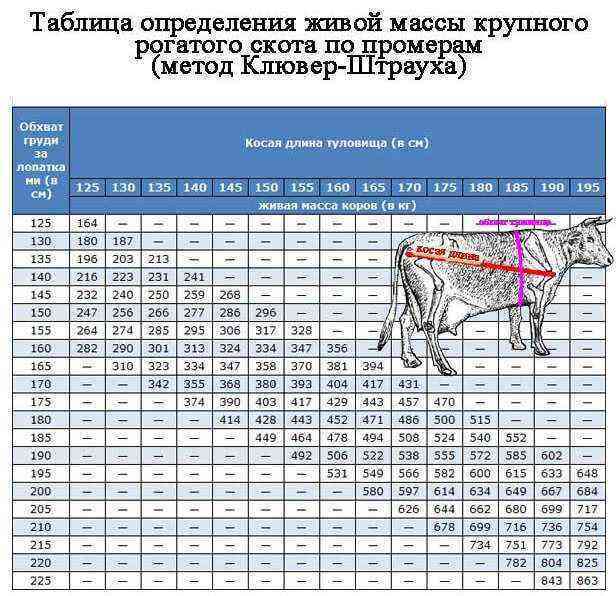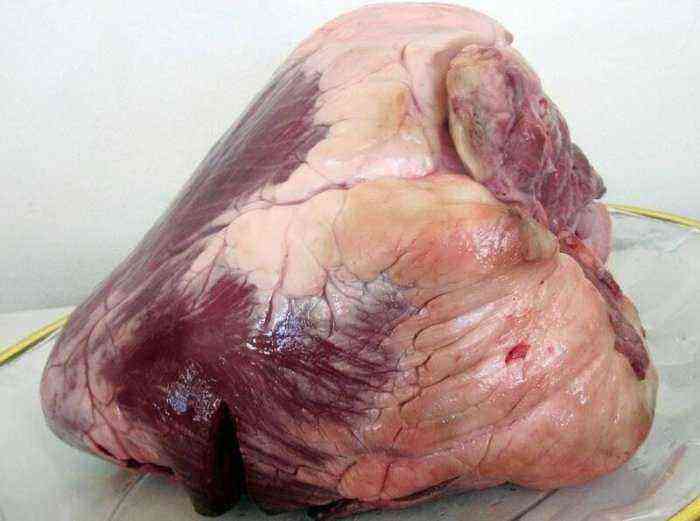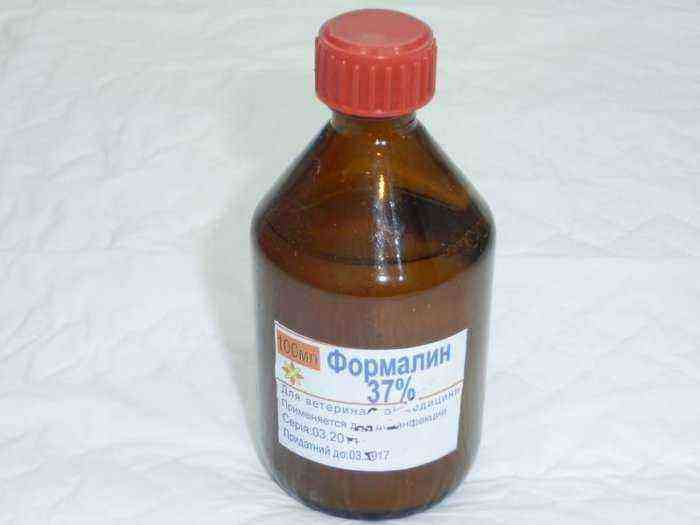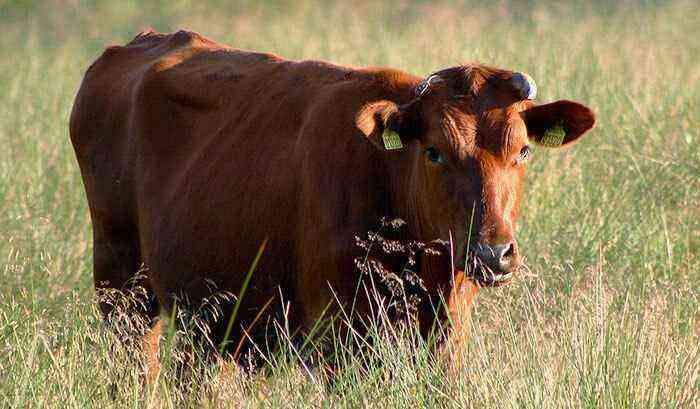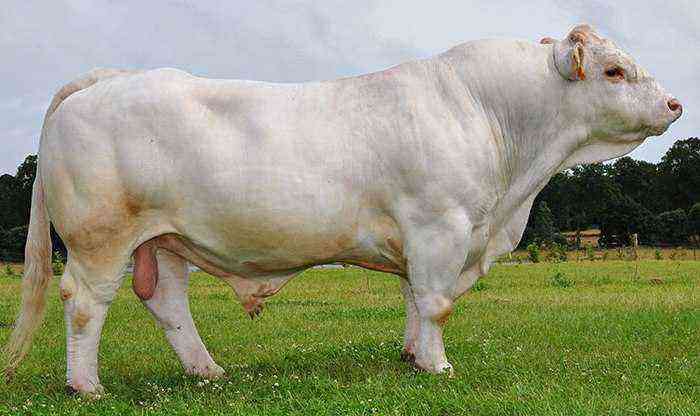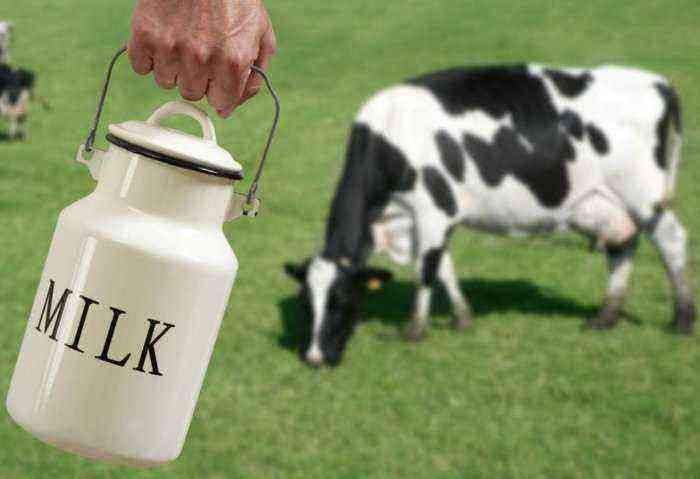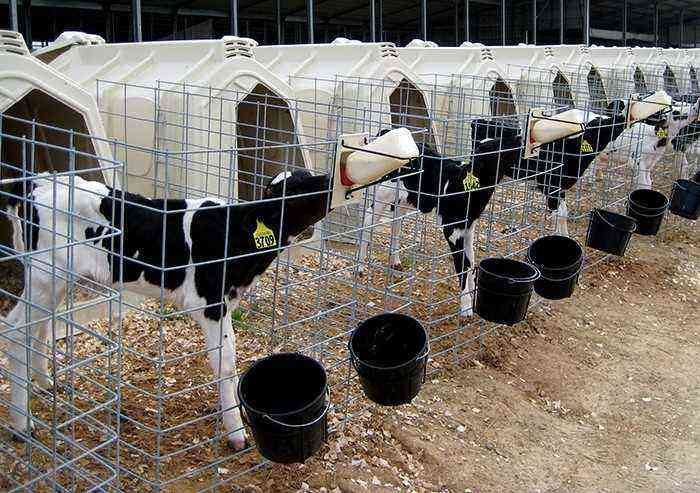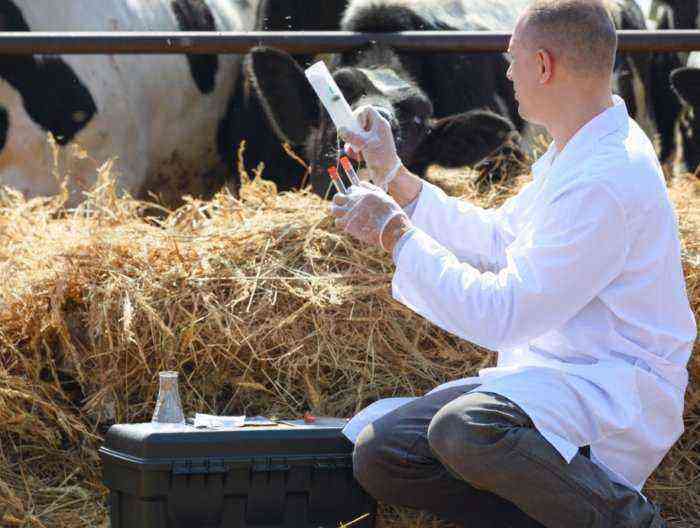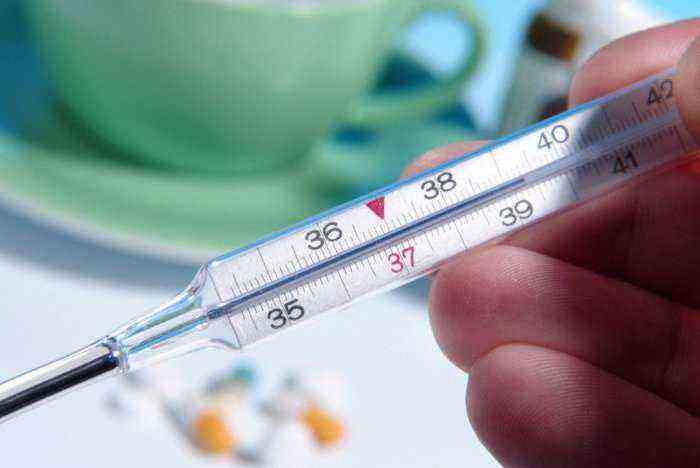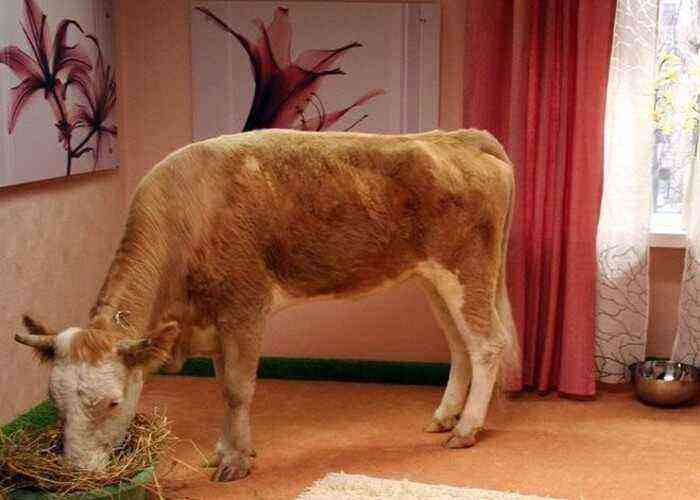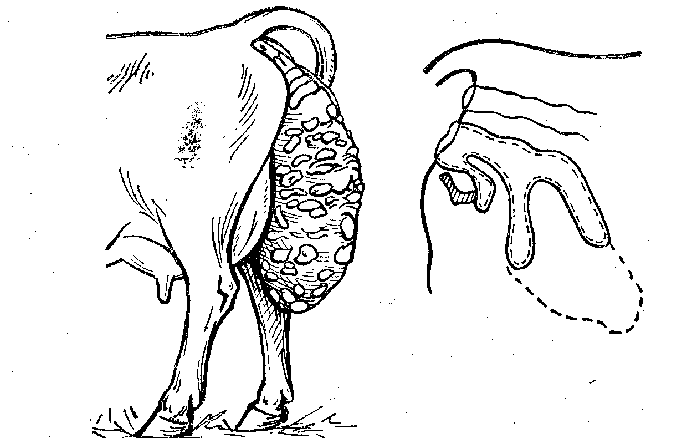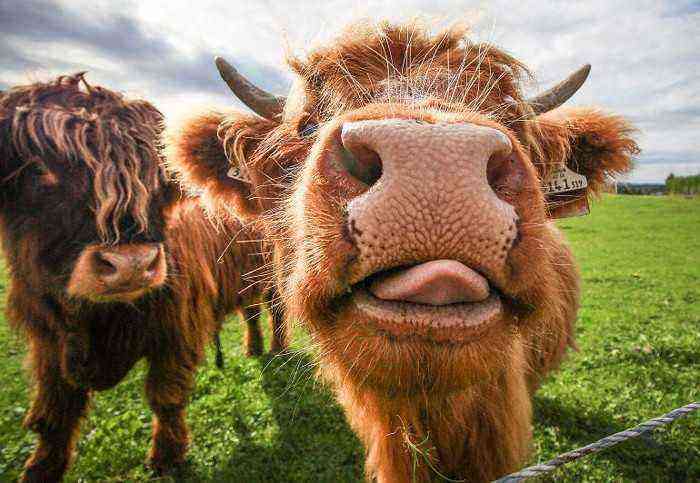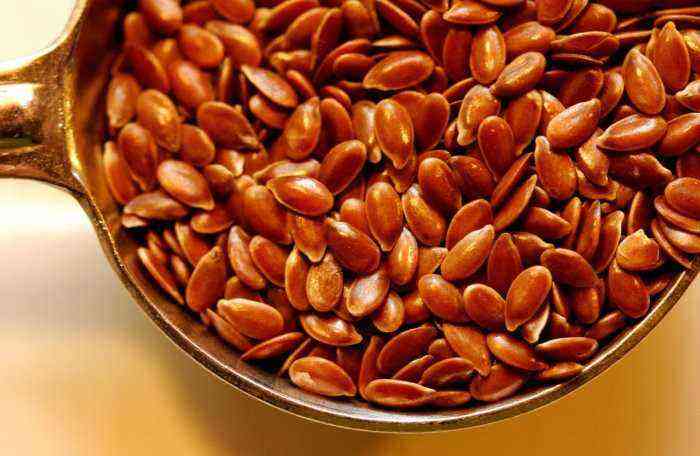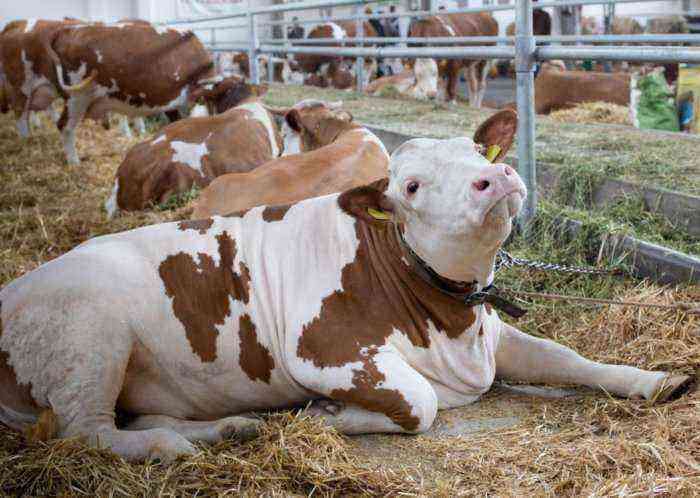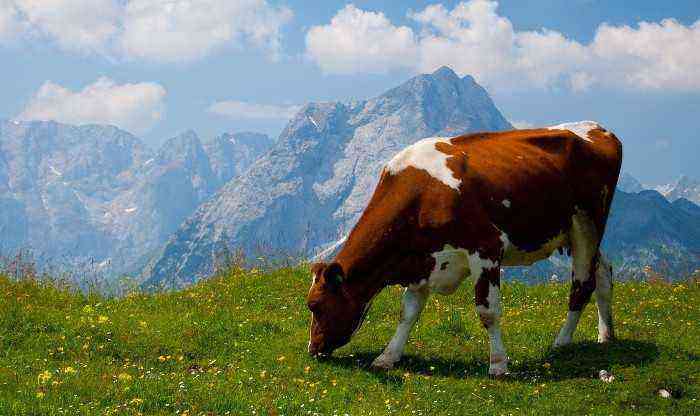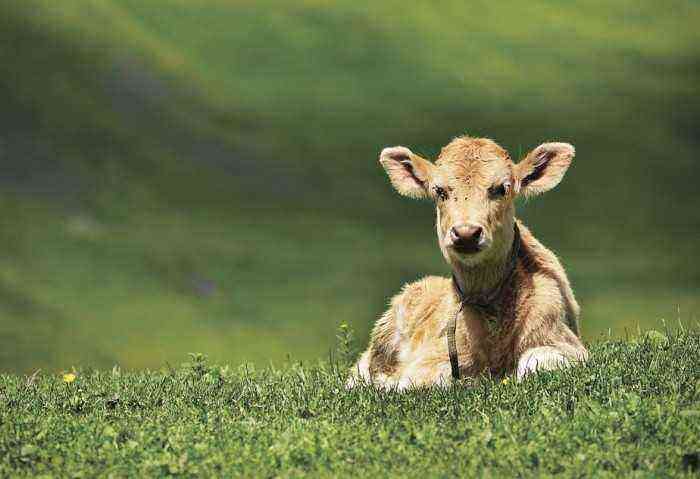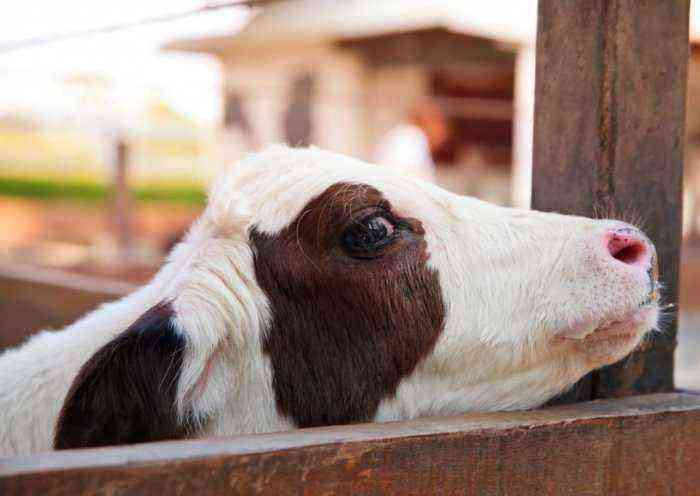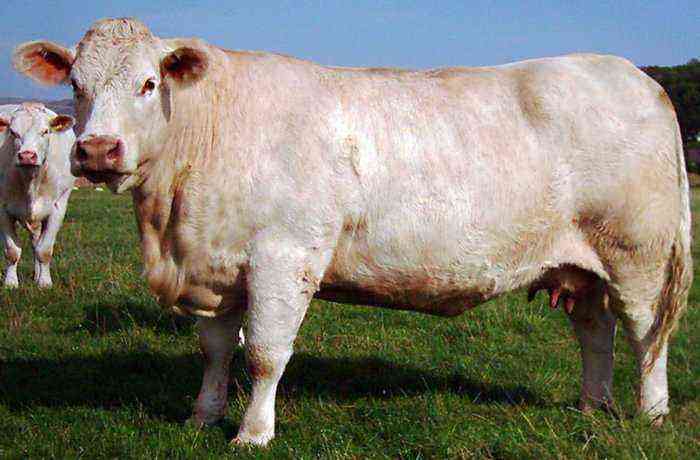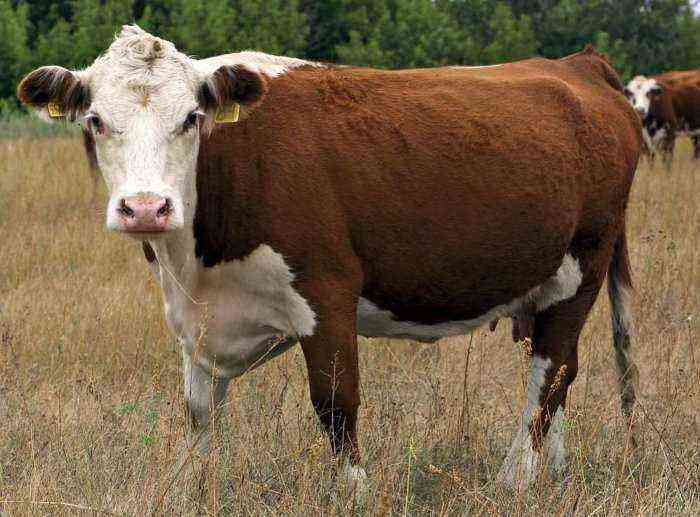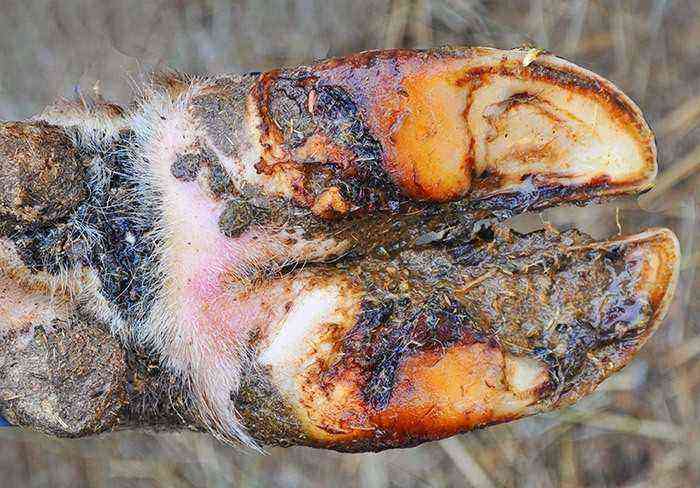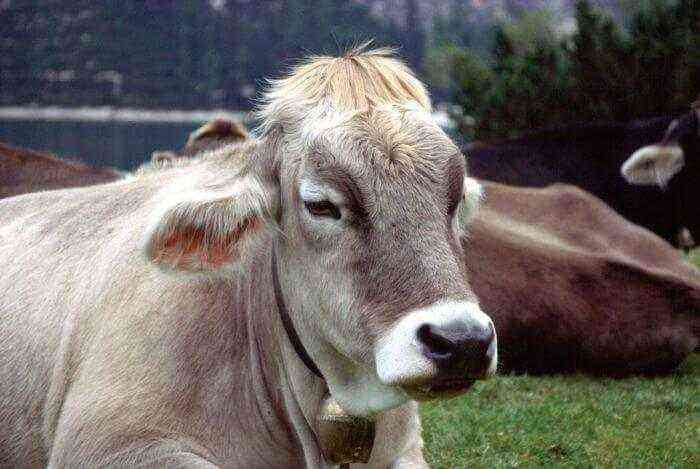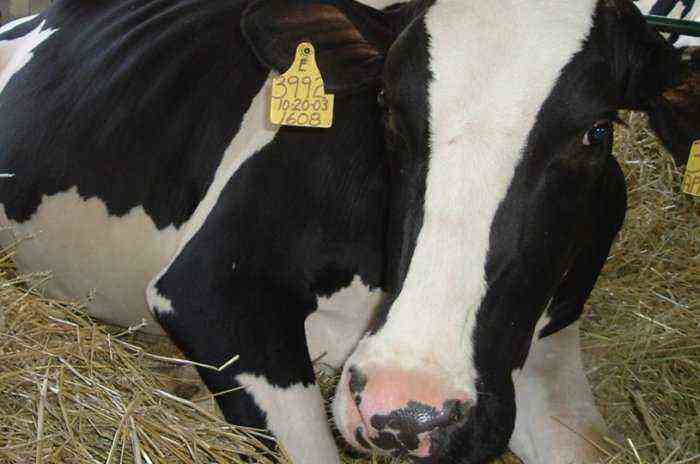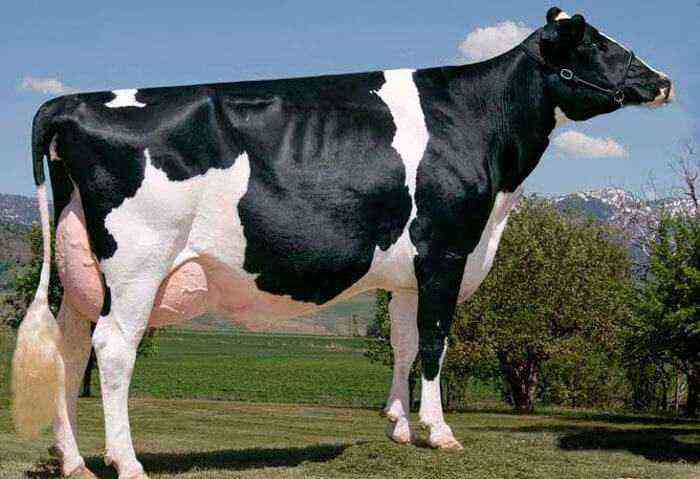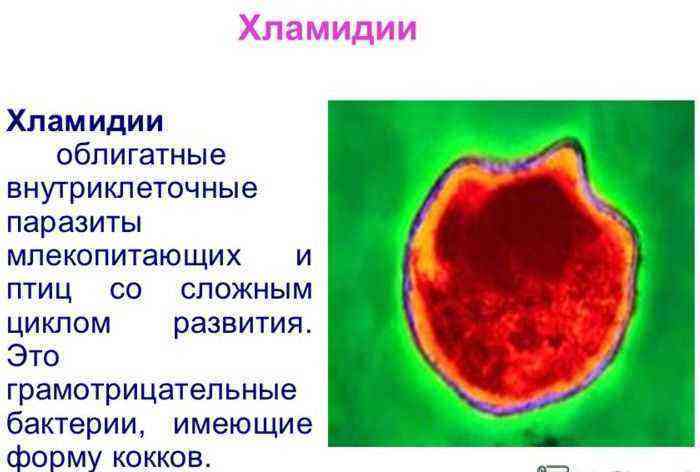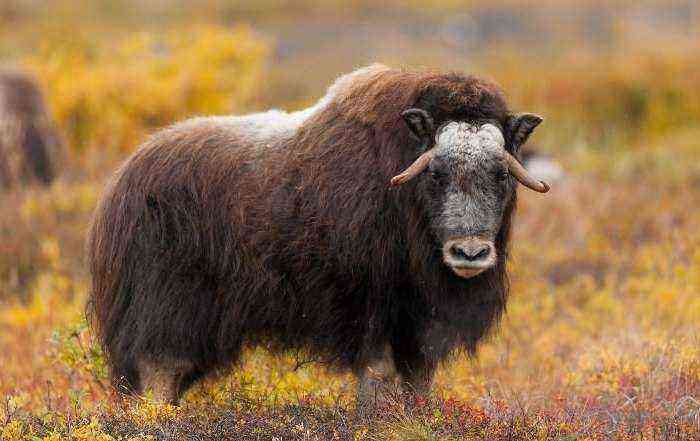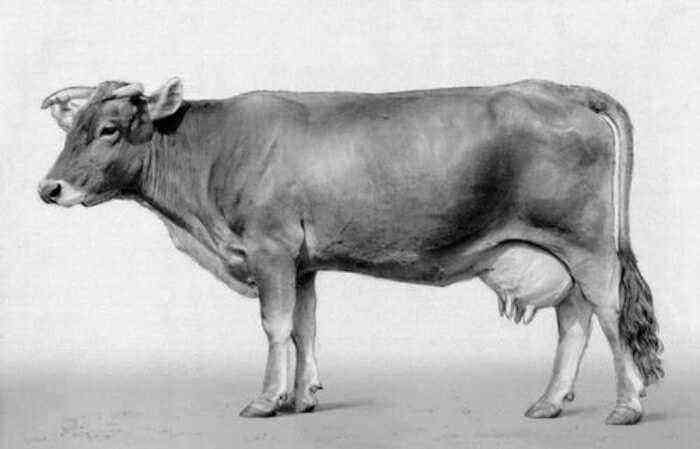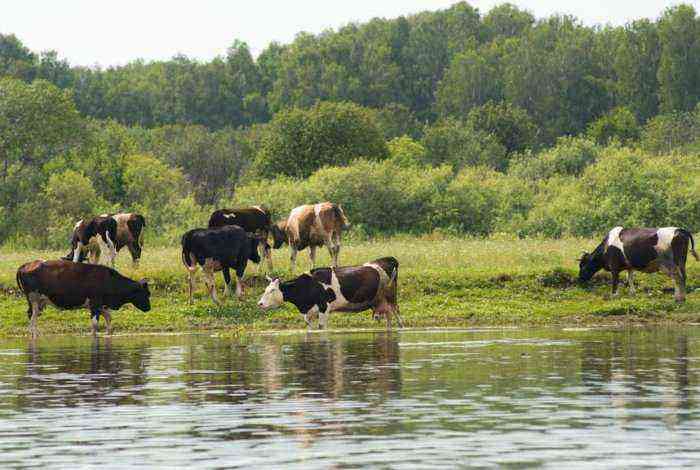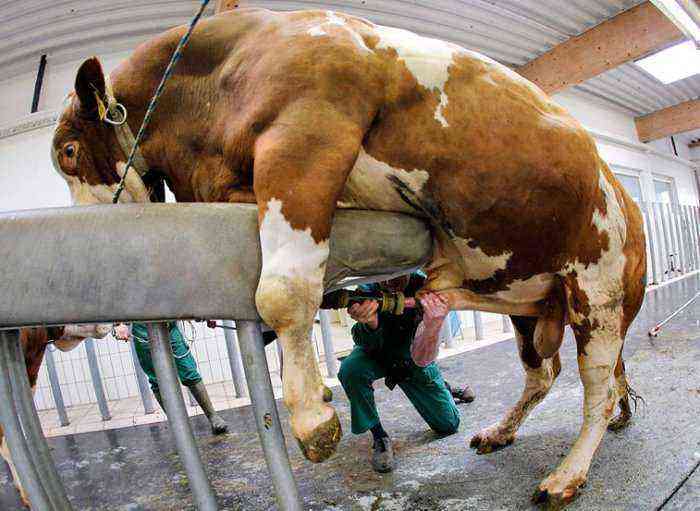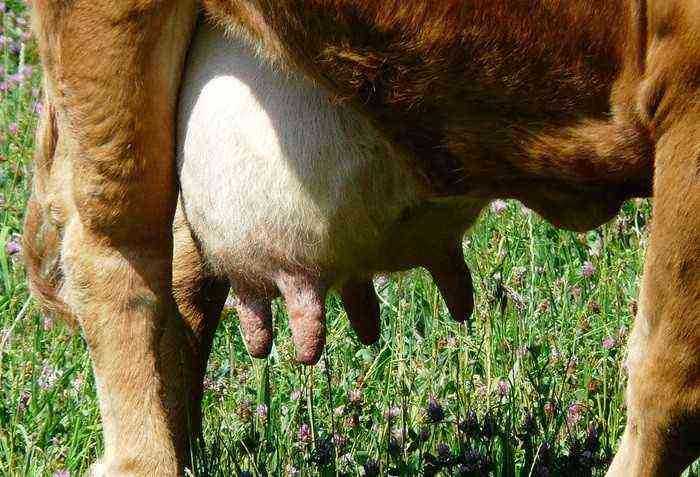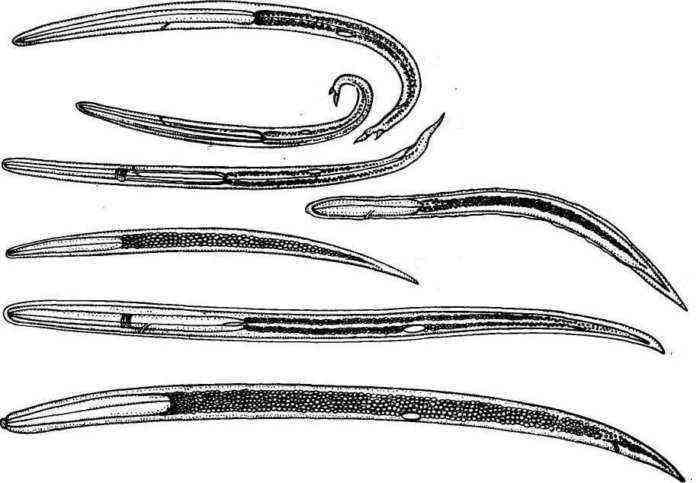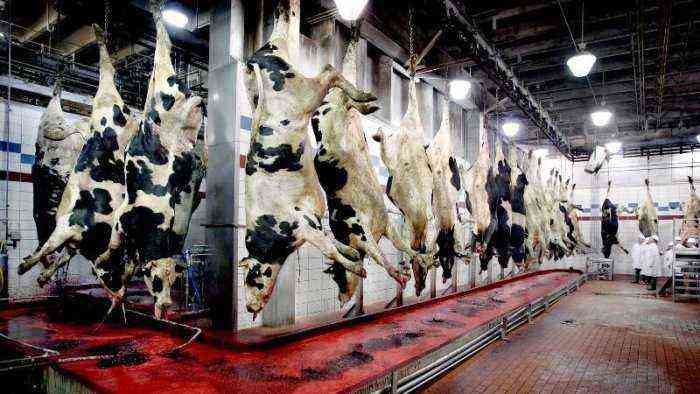Bovine leukemia is a pathology that can manifest itself in cattle at different ages. The disease is caused by infection, and therefore is transmitted from one individual to another through direct contact, milk and gametes.
Bovine leukemia
Scientists distinguish two forms of this disease:
- sporadic.
- Enzootic.
Important! The first form can affect young animals up to three years old. The second is often found in adults.
It is worth noting that at the initial stage of the pathology, the symptoms are not pronounced, which complicates the identification of the disease. Lymph nodes and tumors form in the tissues and this can be determined using blood tests.
Can you drink milk from a leukemia cow?
If such a pathology is found in a cow, then the use of her milk should be abandoned, especially for children. Despite the fact that it can be subjected to heat treatment, the virus will still remain in it.
Such an infection can cause a manifestation of oncology in a person. The possibility of infection from a cow virus has not yet been proven, but scientists make the assumption that cell mutation is possible when drinking milk.

Milk from a leukemic cow is not worth drinking
Causes of appearance
As mentioned above, the pathology is caused by a virus. It is transmitted not only through contact with an animal, but also through parasites that can suck blood (mosquitoes, ticks, and others). Sometimes infection occurs when an individual is fertilized through sperm.
The virus is transmitted in the following ways:
- Intrauterine.
- Airborne.
- Alimentary.
At home, livestock can also become infected with the virus. This usually happens if you buy a cow or calf from a dysfunctional previous owner. Also, the possibility of infection of livestock is affected by its improper maintenance. It is important for the cow to be constantly observed by the veterinarian and undergo a diagnosis.
symptomatology
There are no signs of pathology at an early stage of its appearance. A cow during this period can feel normal, eat right and bring offspring. But at the same time, it will pose a danger to others, as it is a carrier of infection.
The disease can proceed for years in a latent form and manifest itself only in a weak animal whose immune system is weakened, and therefore rarely develops into a clinical form. The offspring of such an individual will be healthy, but predisposed to the appearance of the disease in the future.
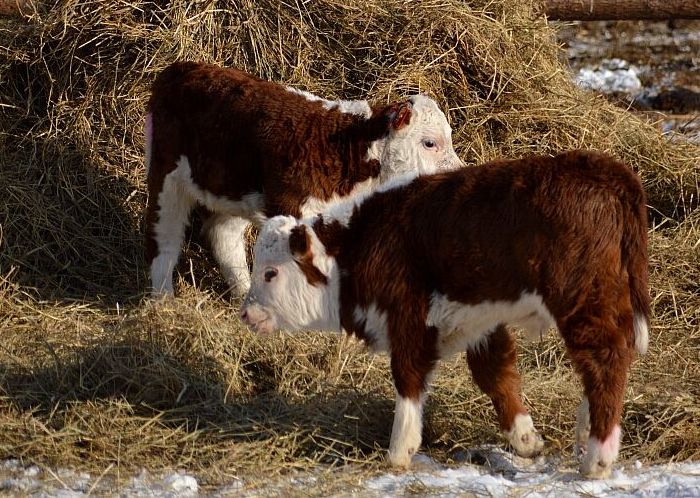
The offspring will be healthy, but at risk for the future
In later stages, symptoms of leukemia in cows may show up as tumors and lymph nodes in various parts of the body. The cow will gradually lose weight and her productivity will decrease.
Diagnosing
When sick, the animal becomes weak. There is a decrease in her weight, as food is poorly absorbed. The cow stops giving milk in normal volumes. Based on these signs, the owners may suspect the presence of the disease, but leukemia in an animal cannot be determined without special testing.
In a cow, large tumors may appear on different parts of the body. Sometimes swelling occurs. Such formations are visible to the naked eye.
Only a specialist can accurately diagnose. To do this, he needs to analyze the material of the animal. It is subjected to different ways of testing:
- clinical and hematological;
- epizootological;
- virological;
- serological;
- histological.
Attention! After receiving the results of the examination, the doctor makes a diagnosis and prescribes adequate therapy.
Treatment
Some owners of livestock, after a diagnosis of leukemia, try to treat it. For this, drugs are used that can be administered intramuscularly to a cow. But bovine leukemia cannot be cured, and therefore such animals are often slaughtered.

Intramuscular injections for a cow
Prevention
There are certain methods and recommendations that will help prevent the manifestation of such an ailment in a cow. The main rule is to conduct an examination of the animal on time. This should be done by an experienced veterinarian.
There are also certain rules that you should follow. They are:
- Try to avoid having a sick animal near healthy ones.
- Buy livestock only from a trusted seller.
- Vaccinate the cow.
- If a disease is detected, immediately cull the entire livestock.
- Do not inseminate a sick heifer.
- Diagnose early.
- Purchased animals should be quarantined.
Conclusion
As you can see, leukemia is a dangerous disease not only for cows, but also for humans. At the same time, if you follow the rules for caring for an animal, examine it in time and feed it properly, this will help to avoid the manifestation of pathology in the animal.
